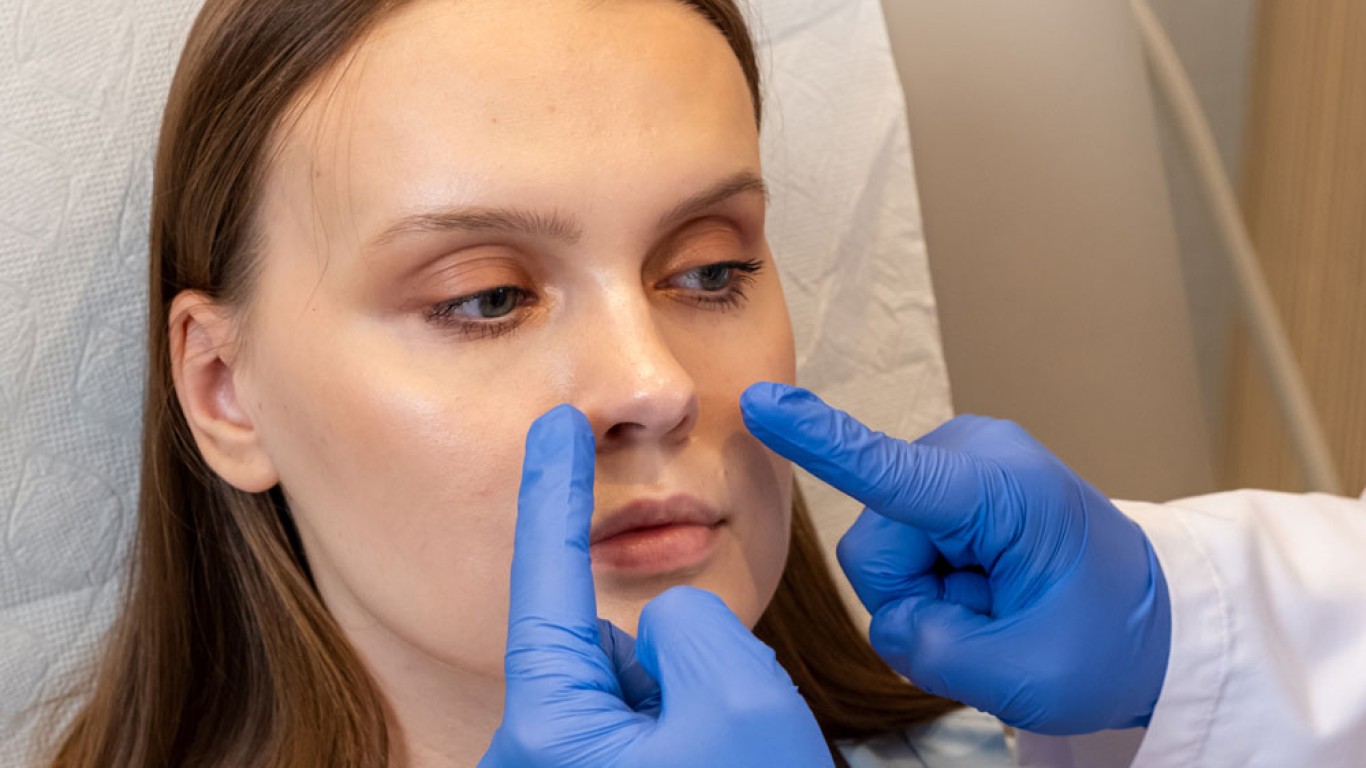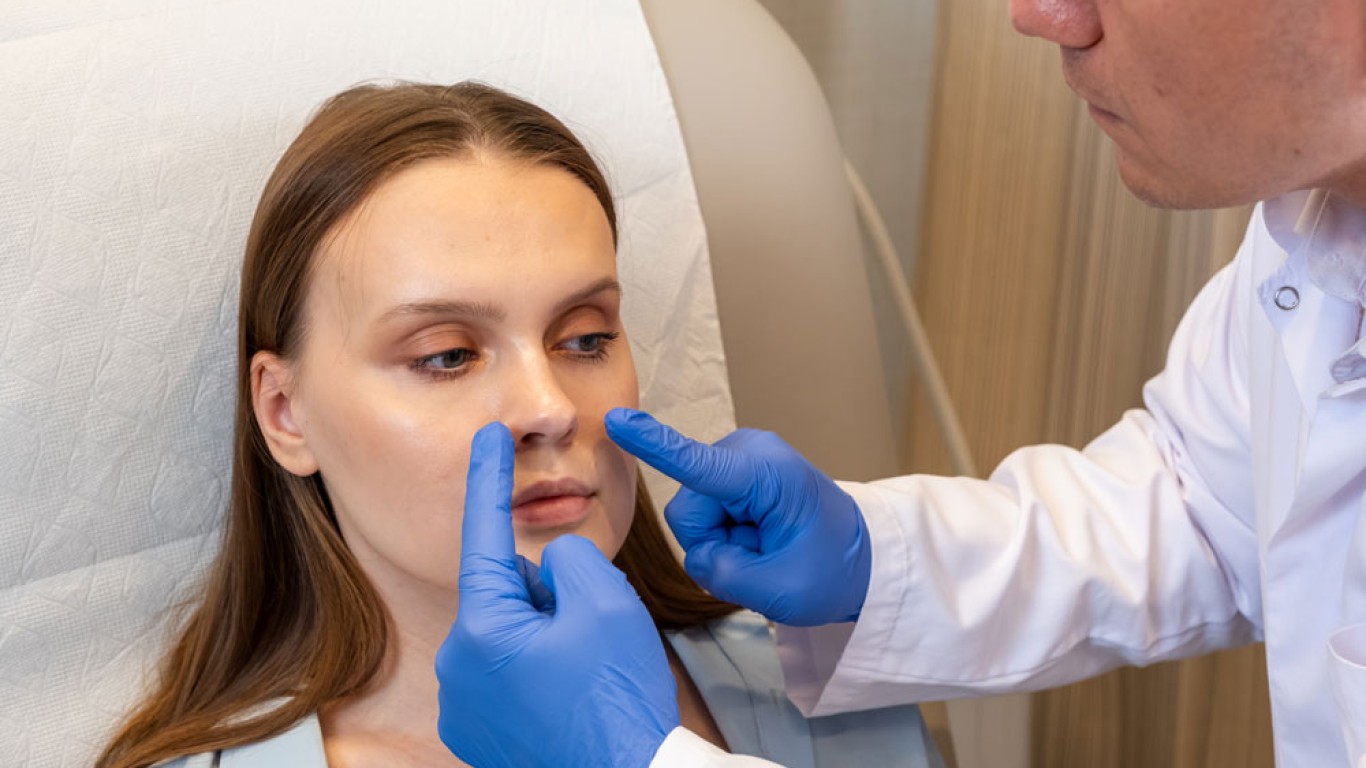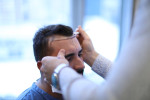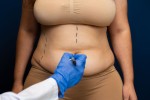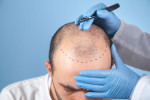Introduction
In recent years, non-surgical rhinoplasty has revolutionised facial aesthetics. It now offers a safe and effective alternative to traditional nose surgery. By using dermal fillers instead of incisions, this procedure refines contours, corrects asymmetry, and enhances definition without downtime.
As technology continues to advance, this treatment delivers even greater precision, safety and natural results.
So, What Is Non-Surgical Rhinoplasty?
Non-surgical rhinoplasty is often referred to as a liquid nose job. It’s a cosmetic treatment that reshapes the nose using injectable fillers. Instead of cutting or removing tissue, hyaluronic acid is strategically injected to smooth bumps, lift the tip or refine the bridge.
This method provides instant enhancement without anaesthesia or recovery time. It also allows patients to preview their results before considering surgical rhinoplasty.
Because it’s minimally invasive, the treatment is great for those seeking subtle or temporary improvements. The effects typically last between 12-18 months, but this depends on the filler used.
How Non-Surgical Rhinoplasty Works
The process begins with a detailed consultation to assess facial structure and goals. A numbing cream will then be applied to ensure your comfort. Using a fine needle or cannula, small amounts of filler are injected into precise nasal areas.
The filler reshapes the profile by balancing proportions and enhancing symmetry. It can also lift the nasal tip or fill depressions along the bridge.
The entire procedure takes about 15-30 minutes, making it an ideal “lunchtime treatment.” Results appear immediately, although slight swelling may last a couple of days.
Key Benefits of Non-Surgical Rhinoplasty
One of the main advantages of non-surgical rhinoplasty is that it avoids surgery. There are no incisions, stitches or general anaesthesia administered. This means minimal risk and no long recovery period.
The results are also reversible. If a patient wishes to adjust or undo the outcome, an enzyme called hyaluronidase can safely dissolve the filler.
Treatment also offers precise control. The practitioner can refine shape and balance gradually, ensuring perfect harmony with other facial features.
The procedure will also appeal to patients who want subtle changes or wish to ‘test drive’ a new look before committing to surgery.
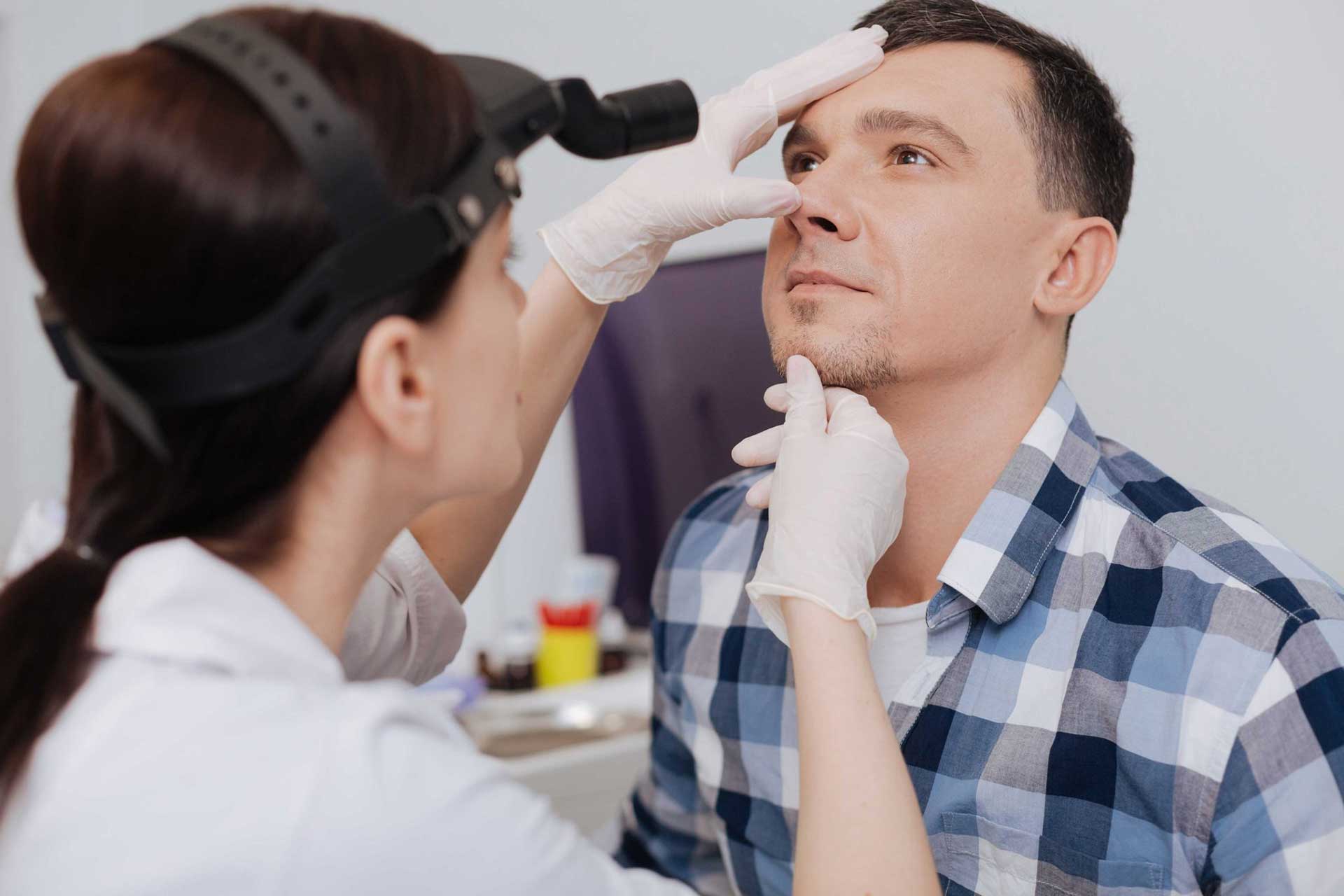
Who’s a Good Candidate for Non-Surgical Rhinoplasty?
Ideal candidates for non-surgical rhinoplasty are those seeking minor aesthetic improvements rather than major structural changes. Common goals include smoothing bumps, refining asymmetry or creating a more balanced nasal profile.
It’s also suitable for those who have undergone previous nose surgery but who may want to correct small irregularities.
However, it’s not recommended for individuals requiring functional correction. This might include fixing breathing issues or reducing size significantly. A consultation helps determine the best approach for each patient’s anatomy and expectations.
Modern Techniques and Fillers Used in 2025
In 2025, non-surgical rhinoplasty uses advanced fillers designed for longer-lasting, natural results. Hyaluronic acid-based fillers remain the most popular due to their safety and reversibility.
Additionally, new formulations provide improved lift and definition while maintaining flexibility. These materials mimic natural tissue movement, ensuring smooth and realistic contours.
Digital mapping and 3D imaging now allow medical experts to plan injections with exceptional precision. As a result, patients benefit from tailored outcomes that suit their facial proportions perfectly.
Recovery and Aftercare
Recovery after non-surgical rhinoplasty is quick and straightforward. Most patients return to work or social activities immediately. Mild swelling, redness or tenderness might appear but typically resolves within two days.
To ensure optimal healing, avoid touching the treated area or wearing heavy glasses for a few days.
Hydration and gentle skincare support smooth recovery. Also, avoiding strenuous exercise and extreme temperatures helps maintain the filler’s integrity. Follow-up appointments allow the practitioner to evaluate results and perform touch-ups if necessary.
Results and Longevity
The results of non-surgical rhinoplasty appear instantly and continue improving as swelling subsides. The filler integrates with surrounding tissue, providing smooth and natural contours.
Typically results last 12-18 months, although longevity depends on metabolism, filler type, and lifestyle. Maintenance sessions can easily extend results.
Patients appreciate the natural look, which enhances rather than changes facial features. What’s more, the treatment boosts confidence without the risks associated with surgery.
Conclusion
Non-surgical rhinoplasty in 2025 offers safe, precise and natural facial refinement without downtime or scarring. It corrects imperfections, balances proportion and enhances beauty using advanced filler techniques. In 2025, Turkey’s expert practitioners and innovative technology make it a global hub for this elegant and effective procedure.
To find out more about surgical and non-surgical rhinoplasty options, visit the ACIBADEM Beauty Center rhinoplasty page.
Frequently Asked Questions
The procedure usually takes 15 to 30 minutes, depending on the individual treatment plan.
No, discomfort is minimal as numbing cream ensures a comfortable experience.
Results last around 12 to 18 months, depending on filler type and metabolism.
Yes, most patients resume normal activities immediately after the procedure.
Turkey offers expert practitioners, premium products, and outstanding care for natural and precise results.

